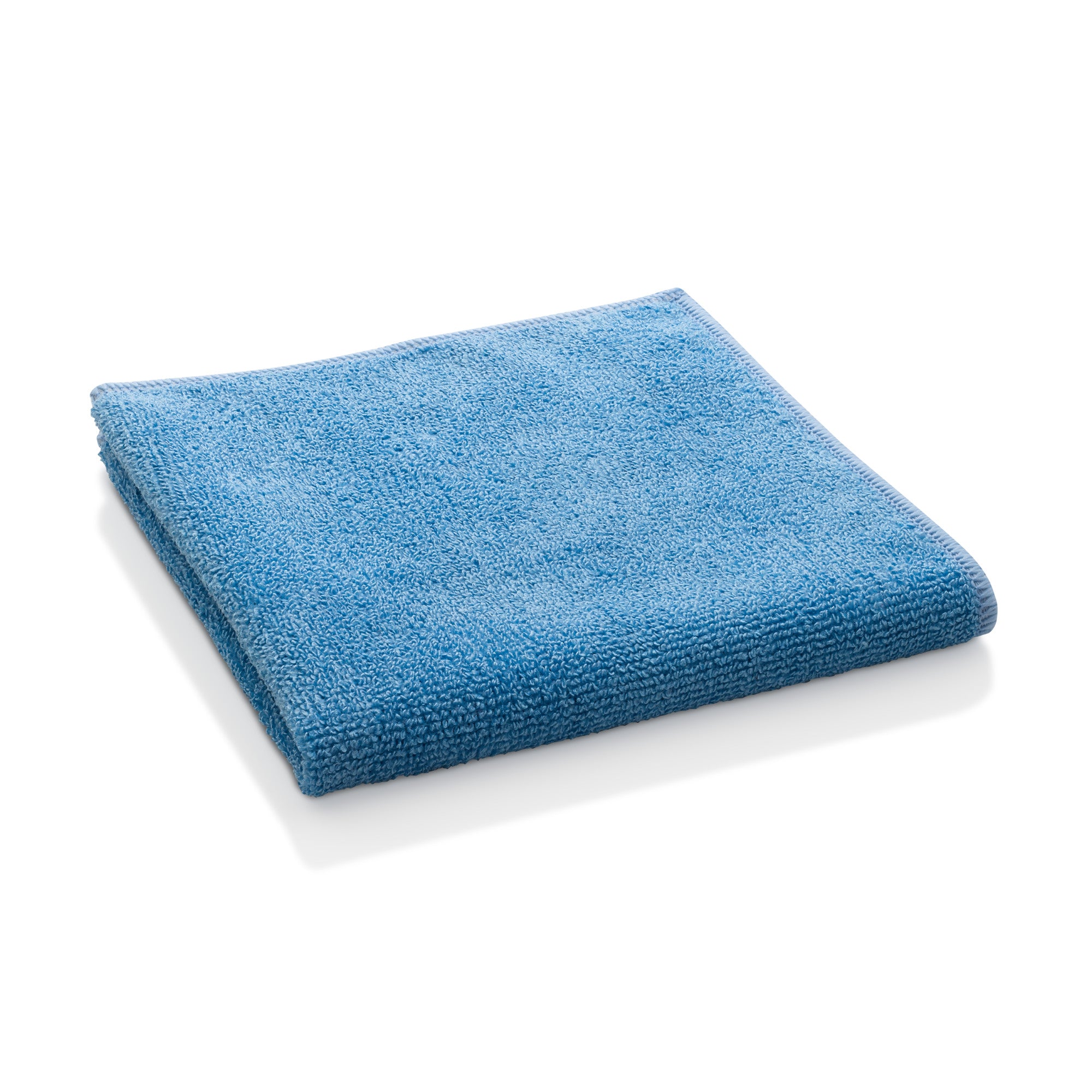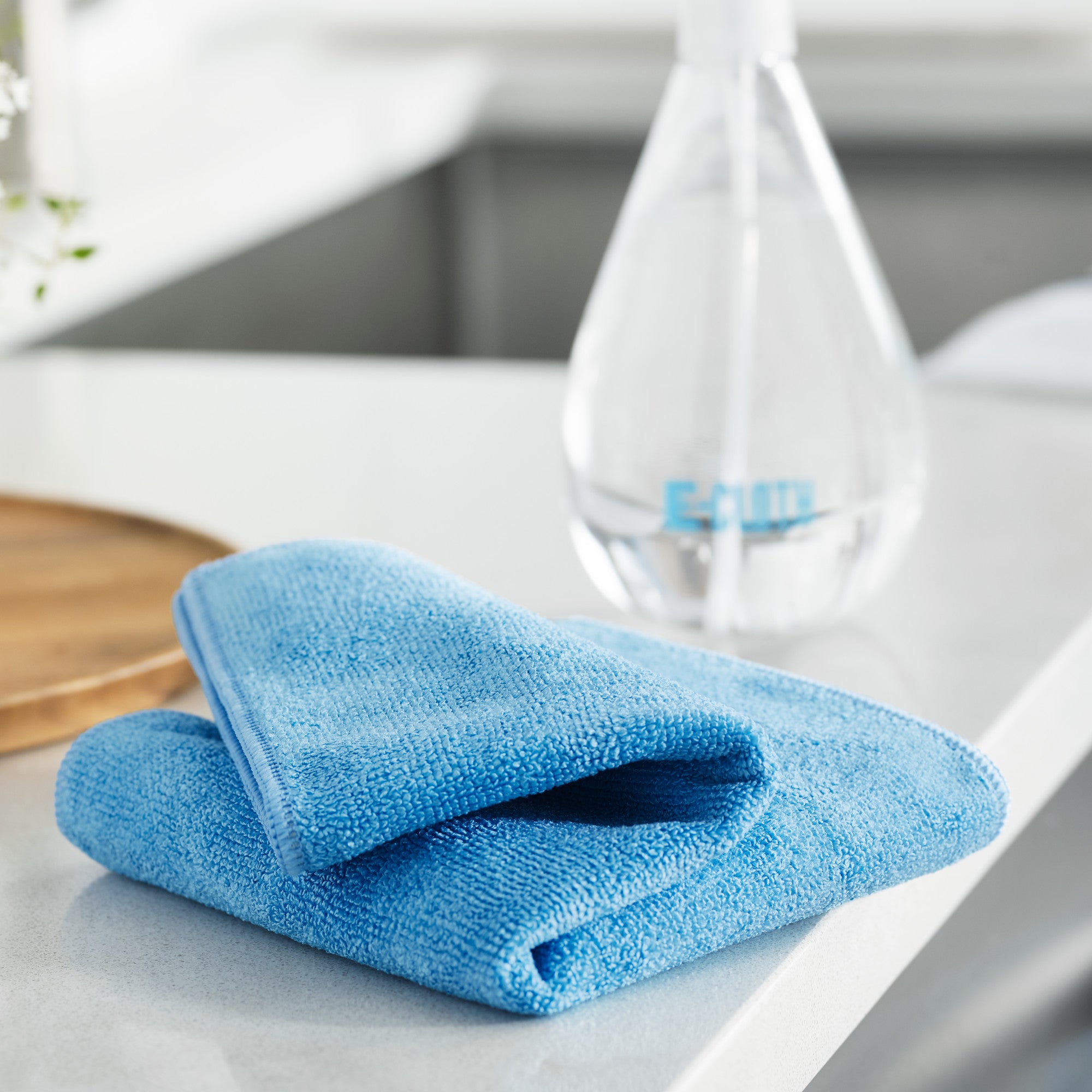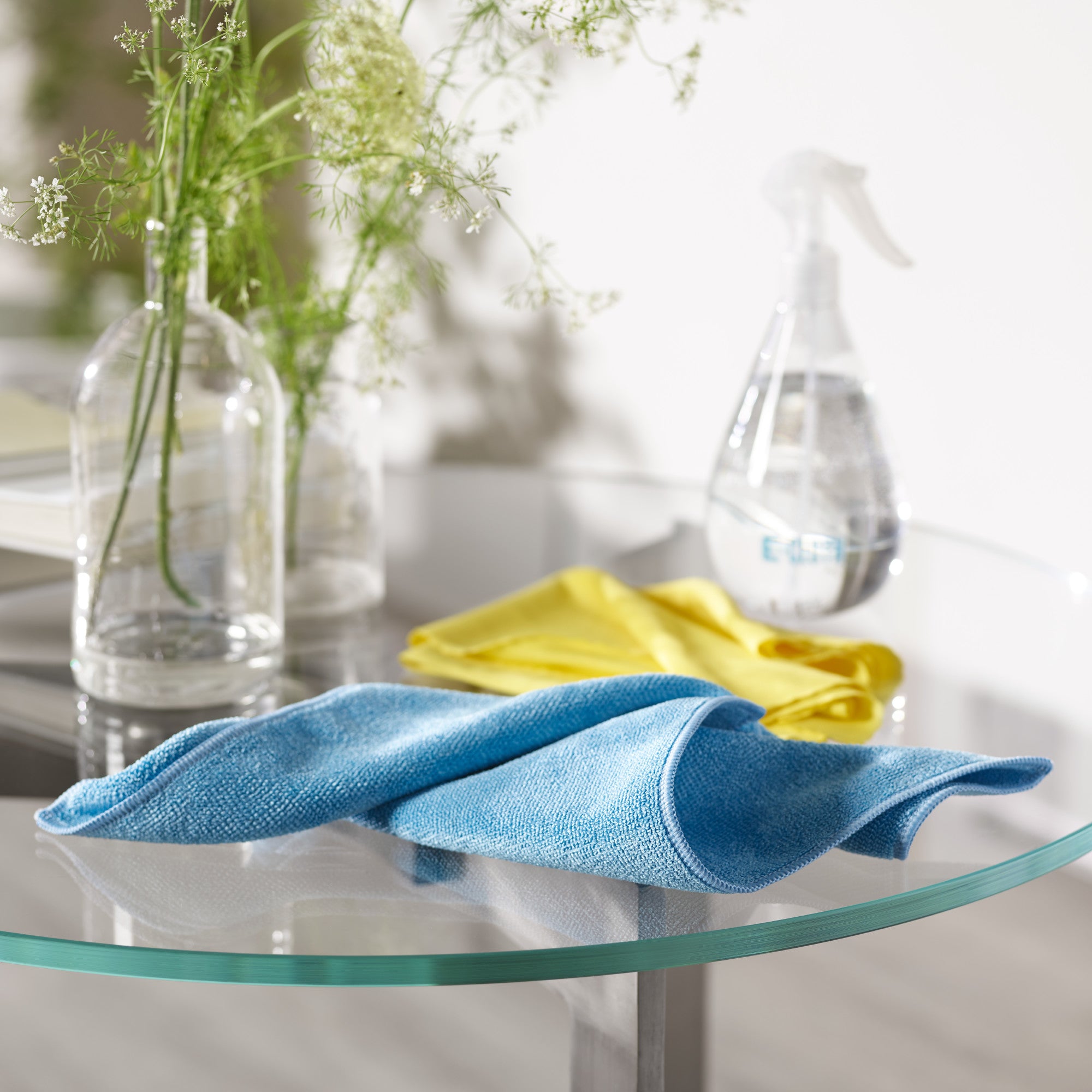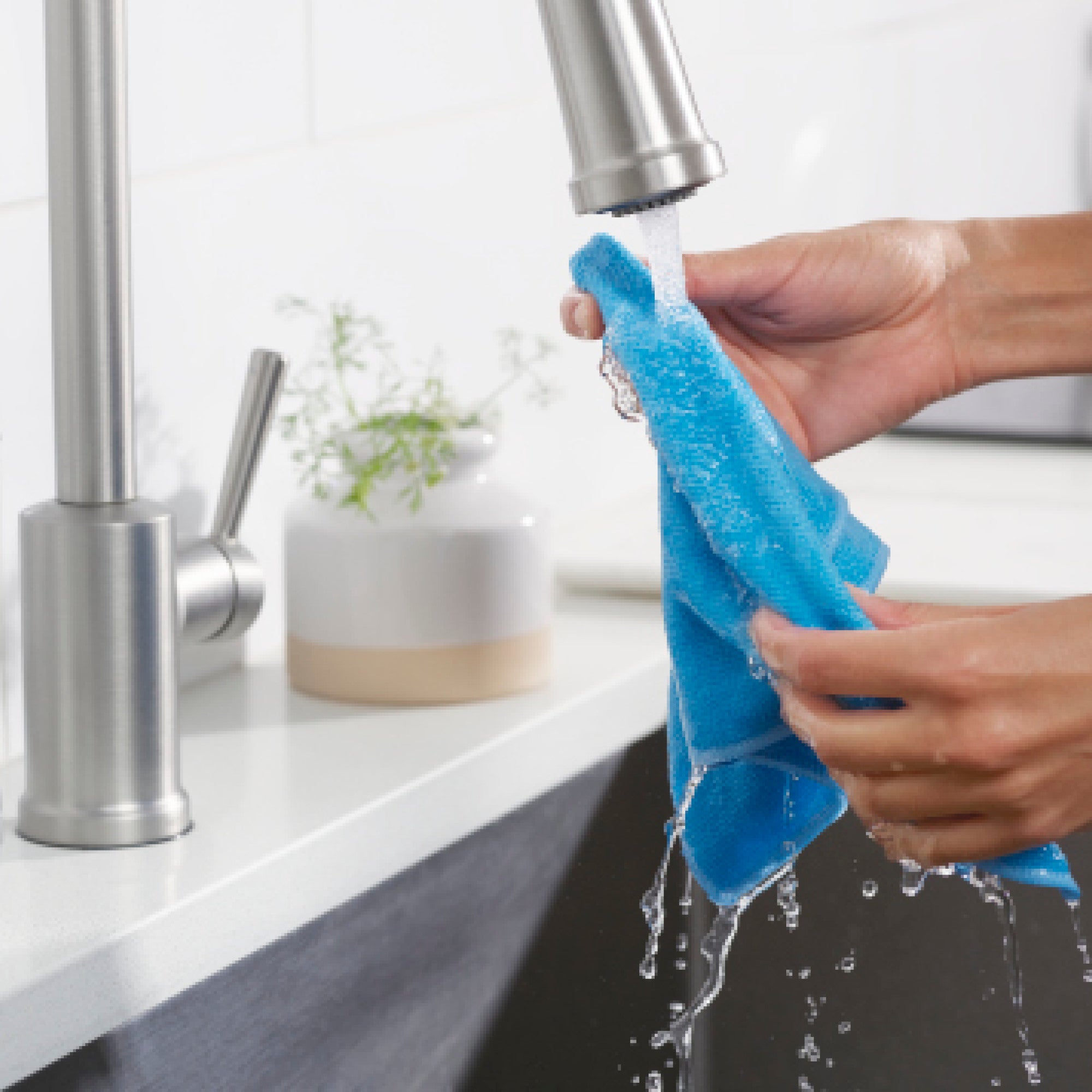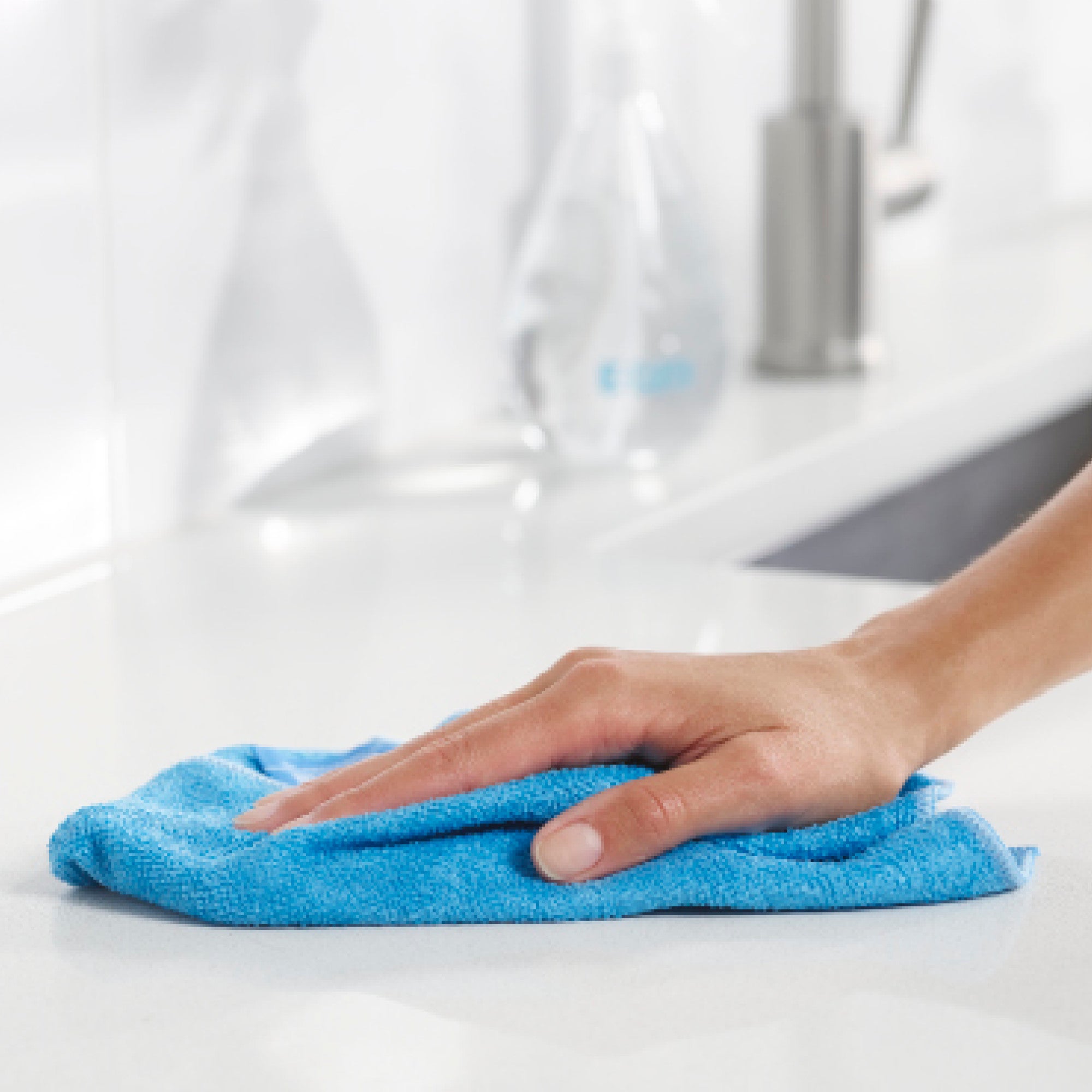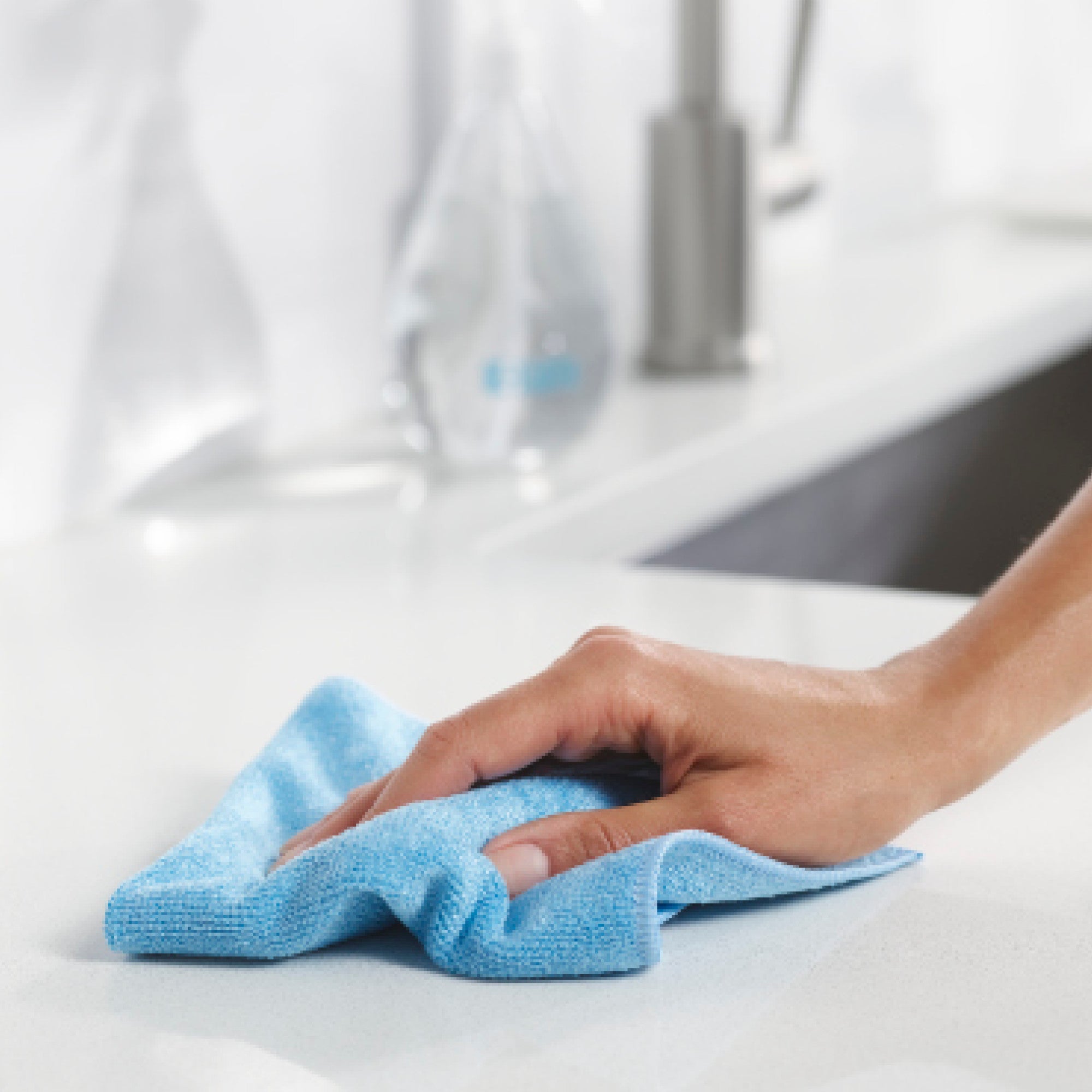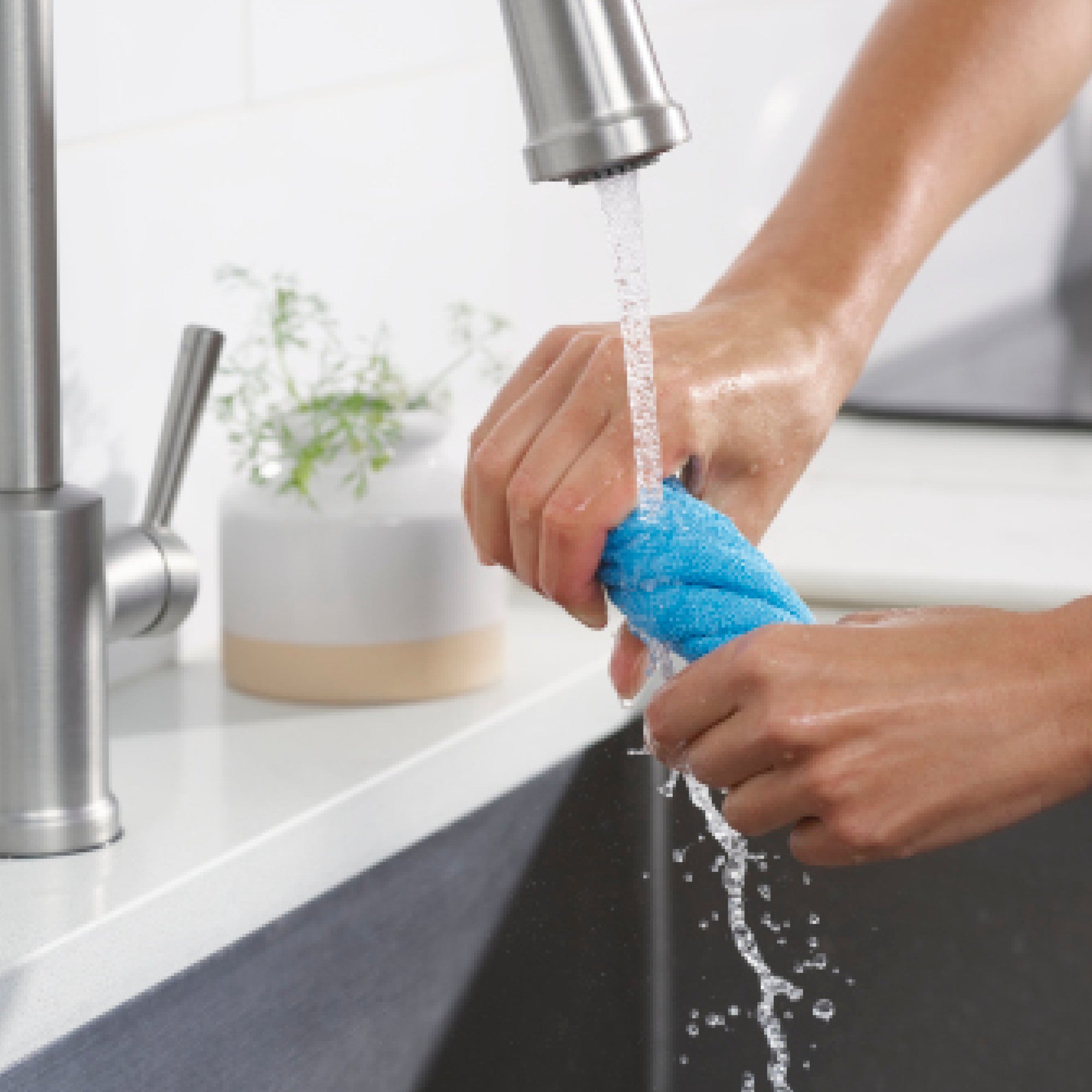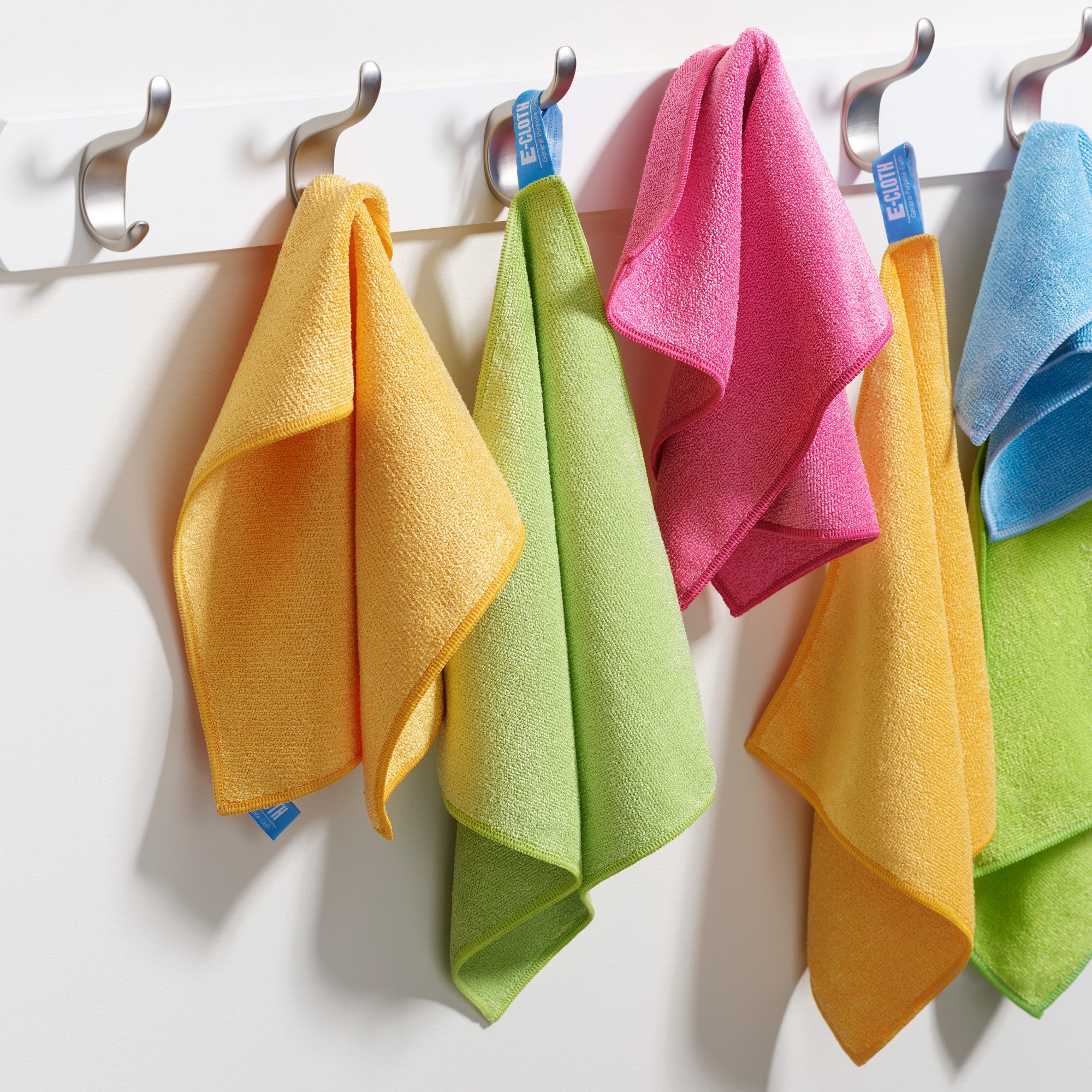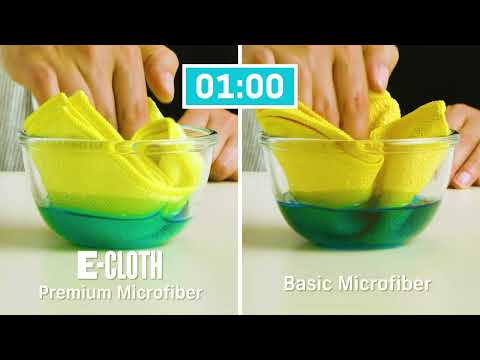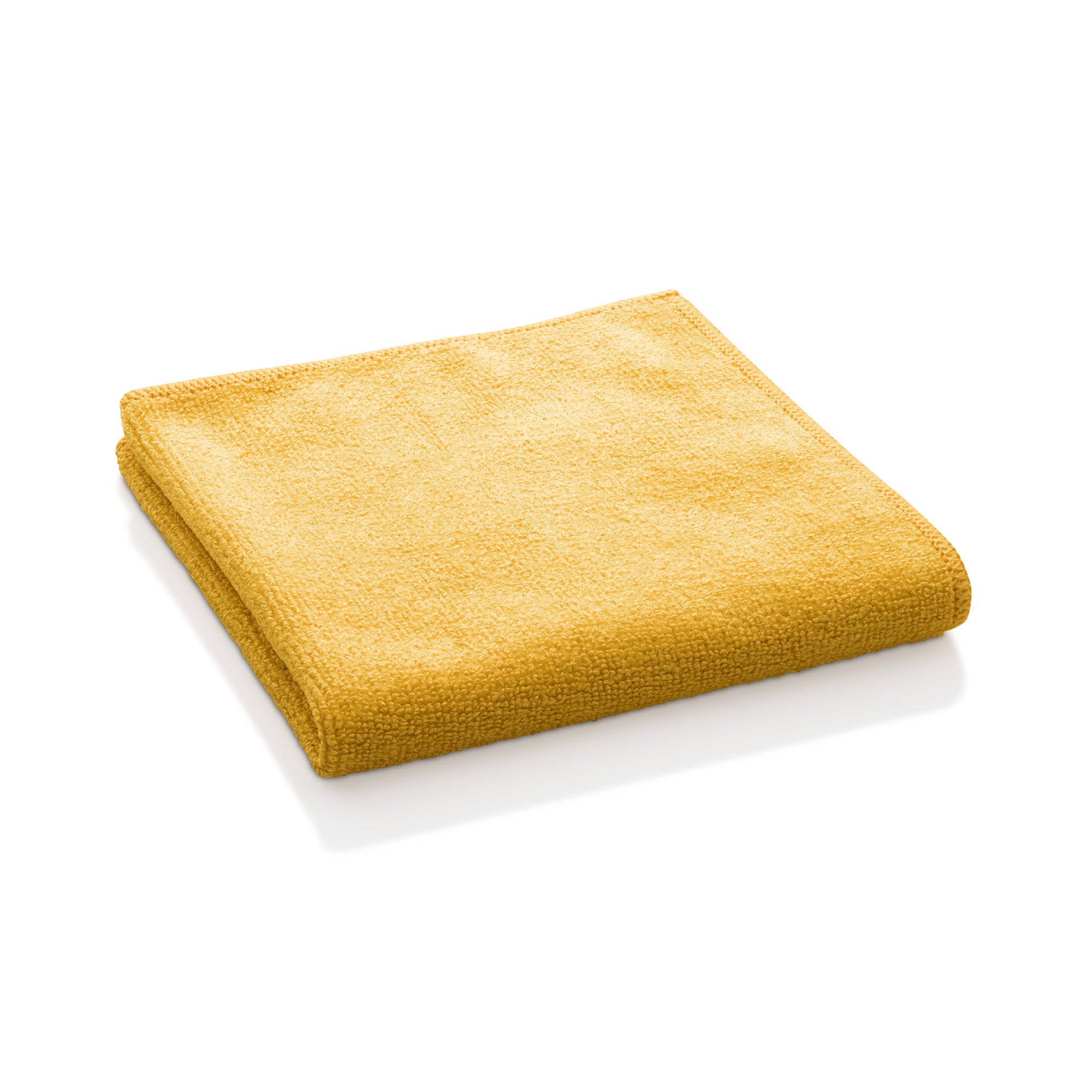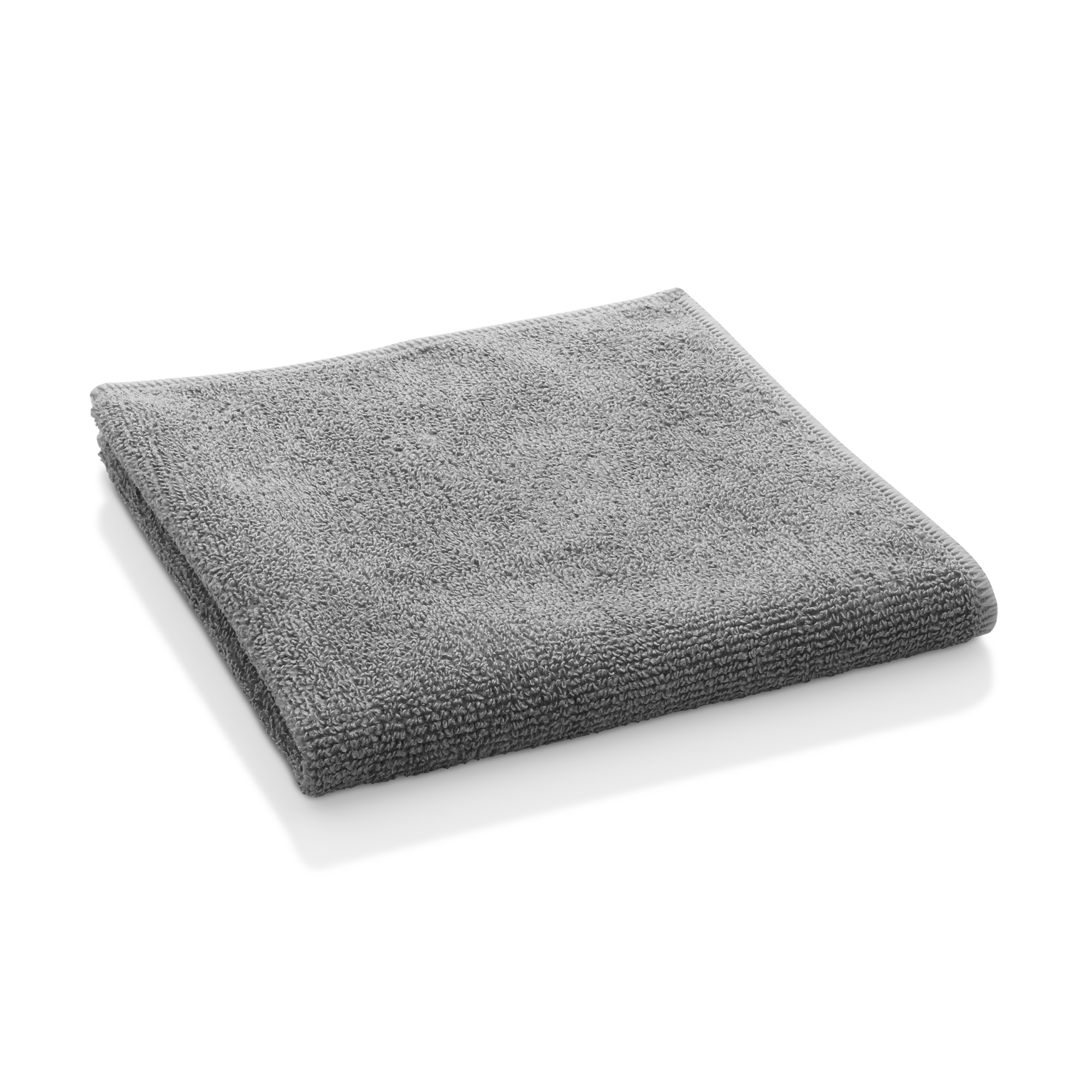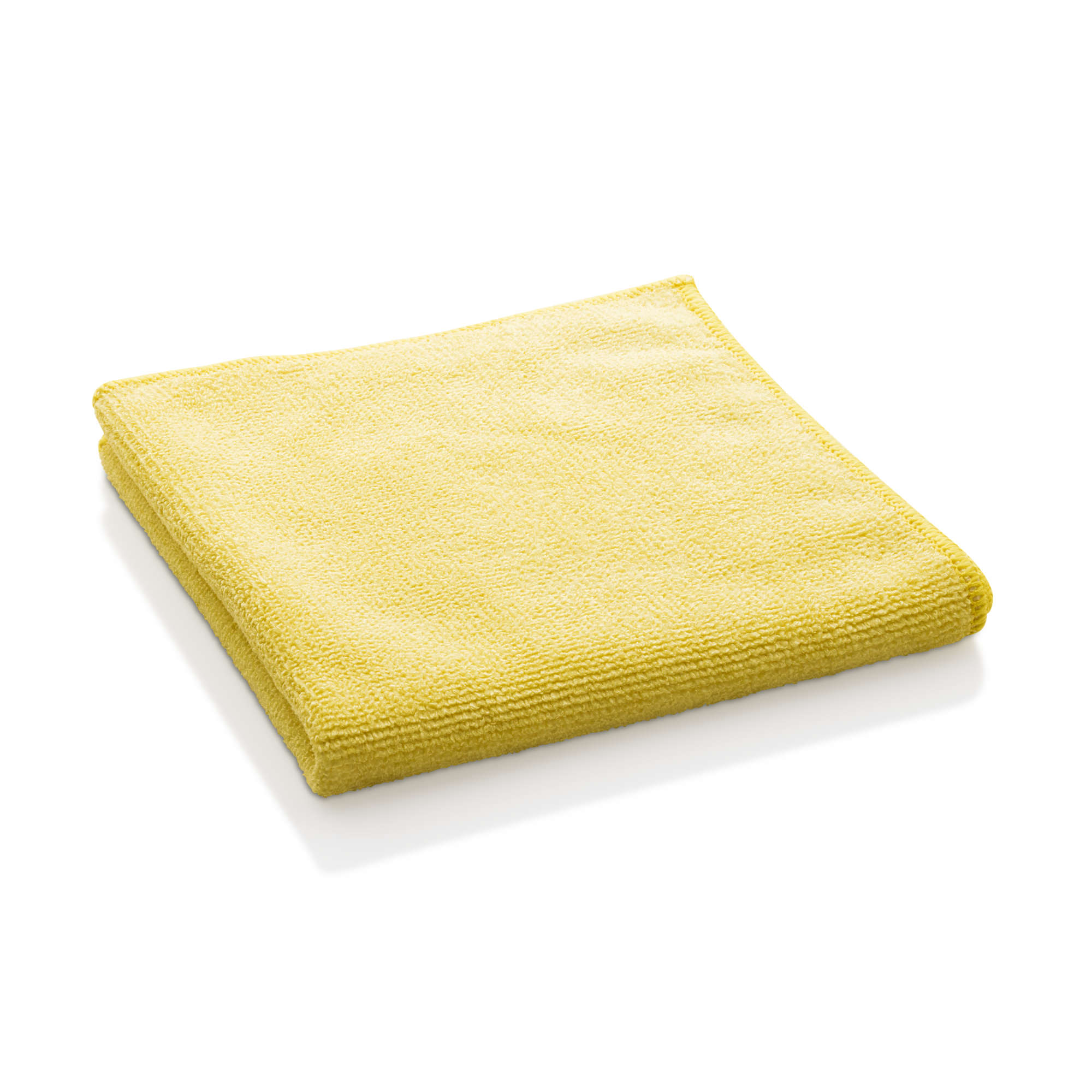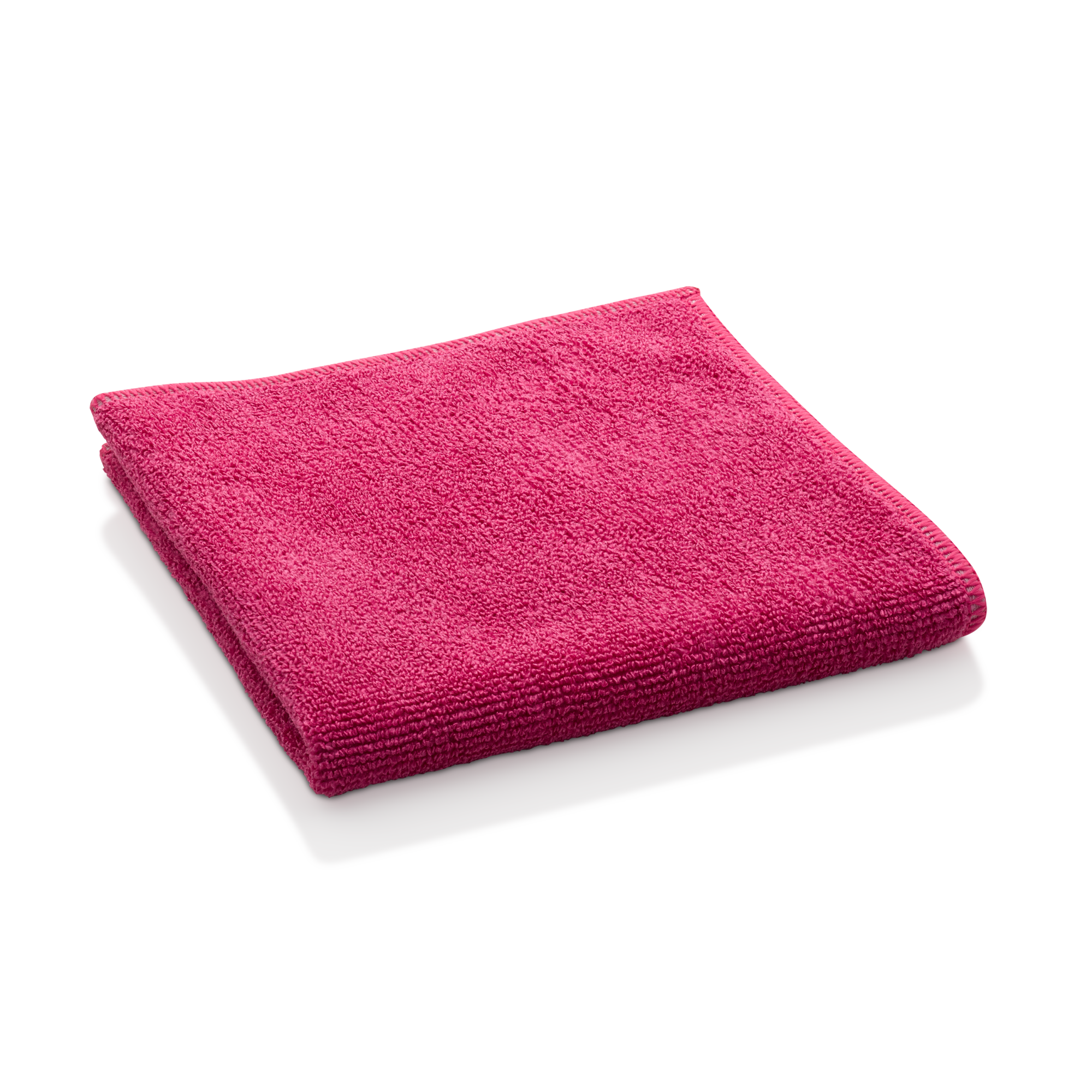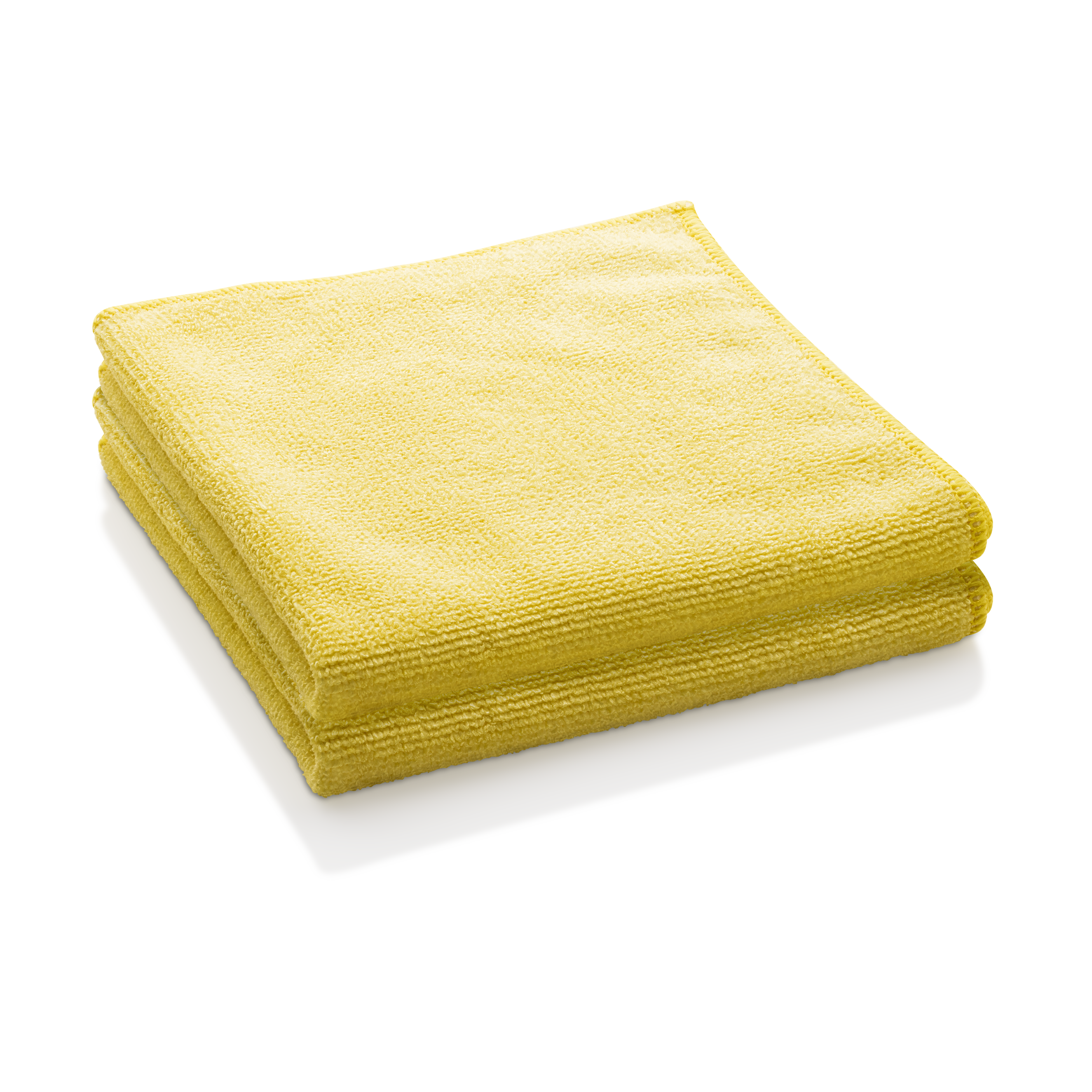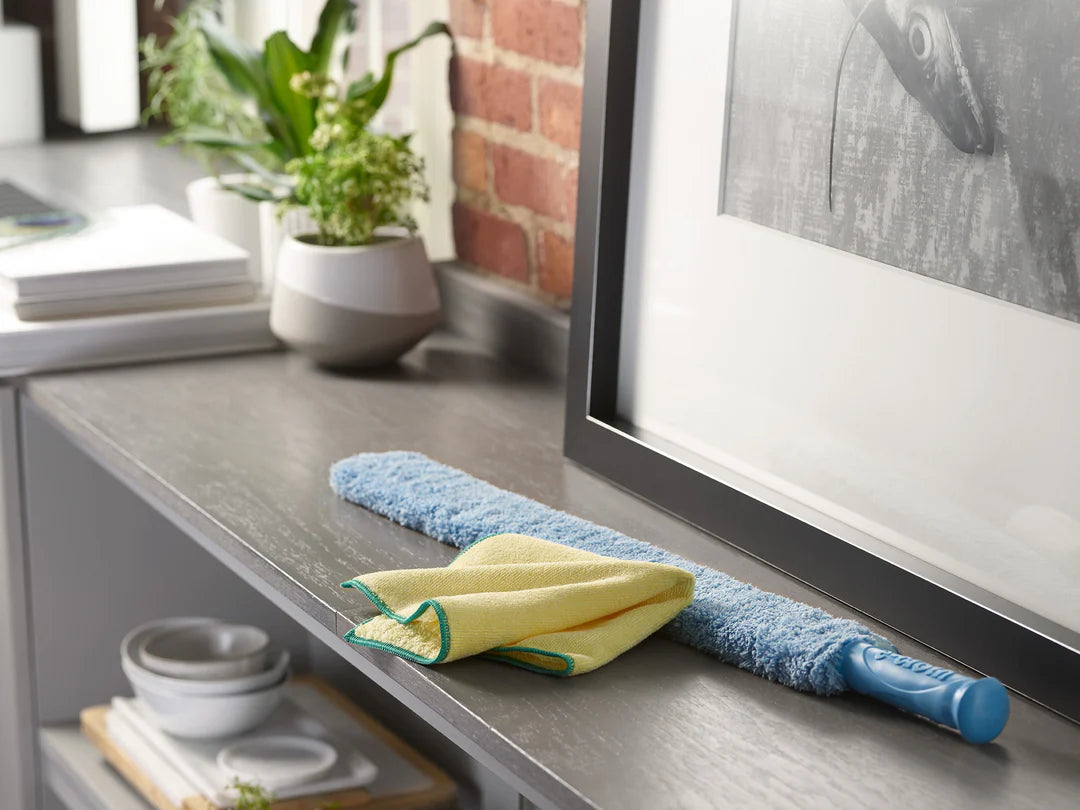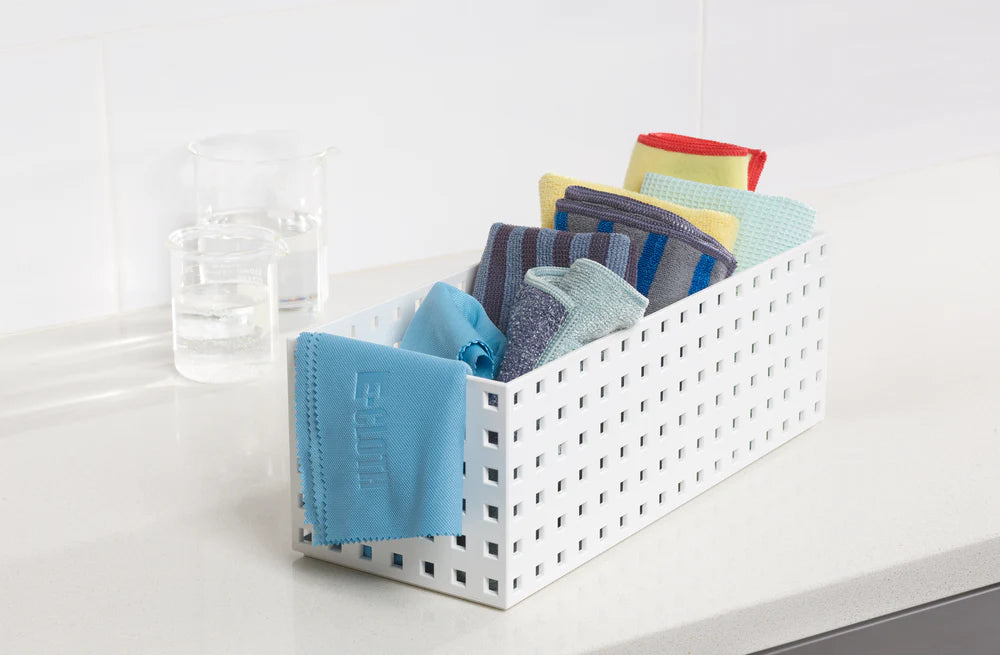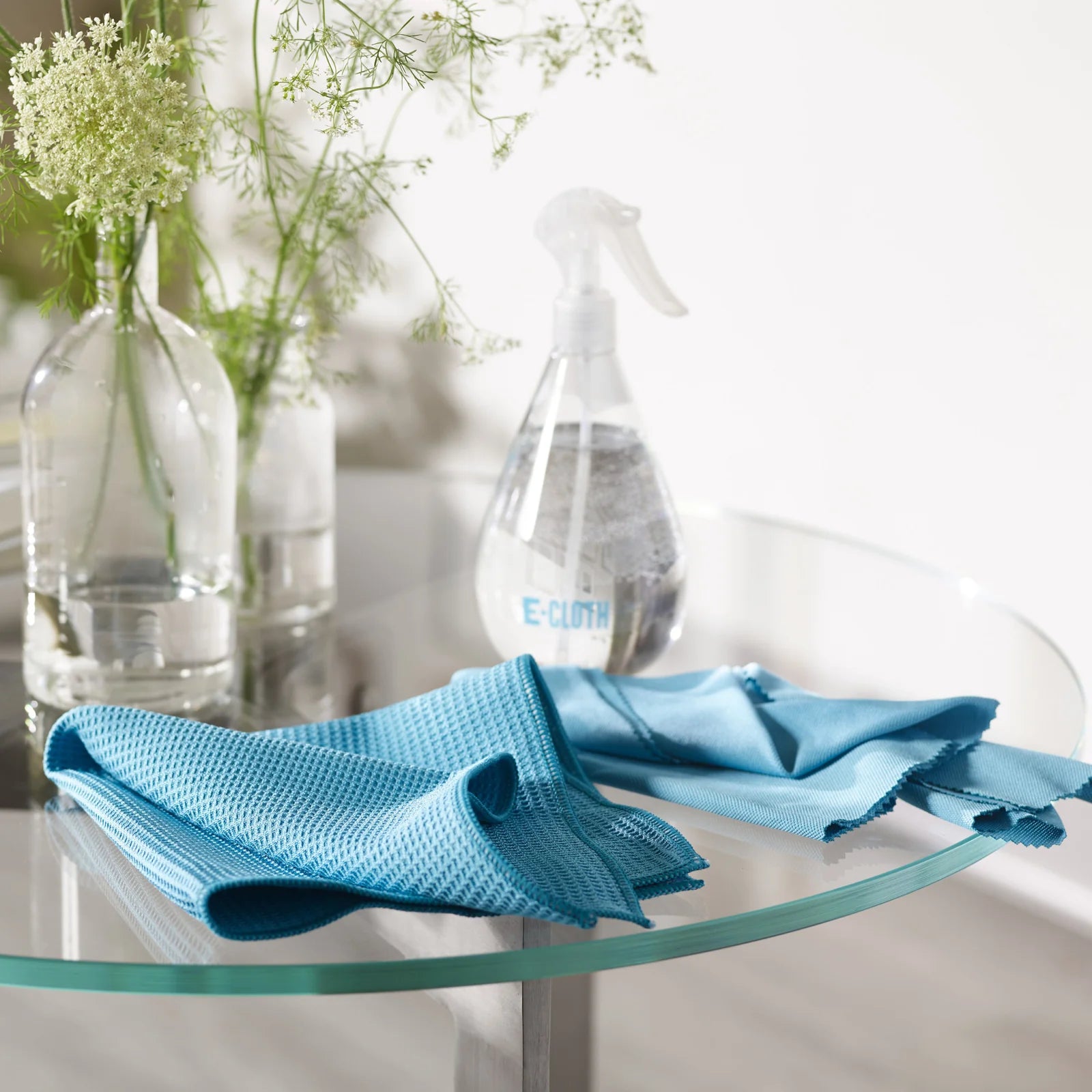Activated charcoal and warm water can help manage odors and freshen up your cat’s litter box, but it’s not a magic fix. Here’s how to use this method effectively, with a few pro tips to keep things realistic.
-
Gather your supplies: You’ll need activated charcoal (the kind sold for odor control, not the stuff from your grill), warm water, a scoop, and a clean cloth or sponge. Activated charcoal is a highly porous material that can absorb certain odors from the air and surfaces.
-
Empty the litter box: Remove all litter and give the box a good shake outside to get rid of loose debris. This step is key—charcoal can’t do much if there’s still old litter clinging to the corners.
-
Rinse with warm water: Use warm (not hot) water to rinse out the box. This helps loosen any stuck-on bits and preps the surface for a deeper clean. Avoid using boiling water, as it can warp some plastic boxes.
-
Wipe down the box: Use a clean cloth or sponge to wipe the inside and outside of the box. If you want, you can use a mild, unscented soap, but make sure to rinse thoroughly so no residue is left behind.
-
Apply activated charcoal: Once the box is dry, you have two options:
- Place a small pouch or sachet of activated charcoal in a corner of the box (outside the litter area, if possible) to help absorb odors over time.
- Alternatively, sprinkle a thin layer of powdered activated charcoal under the fresh litter. Don’t overdo it—a little goes a long way, and too much can make a mess.
-
Refill with fresh litter: Add your usual litter on top of the charcoal. Scoop daily to keep things as fresh as possible—charcoal can help with odors, but it won’t replace regular cleaning.
-
Maintain regularly: Replace the charcoal pouch or powder every few weeks, or whenever you notice odors creeping back in. Wash the box with warm water and a cloth at least once a week for best results.
Pro tip: Activated charcoal is great for helping with smells, but it won’t address stains or residue. For those, you’ll still need to scrub and rinse as usual. And always check that your cat is okay with any changes to their litter box routine—some are pickier than others!


